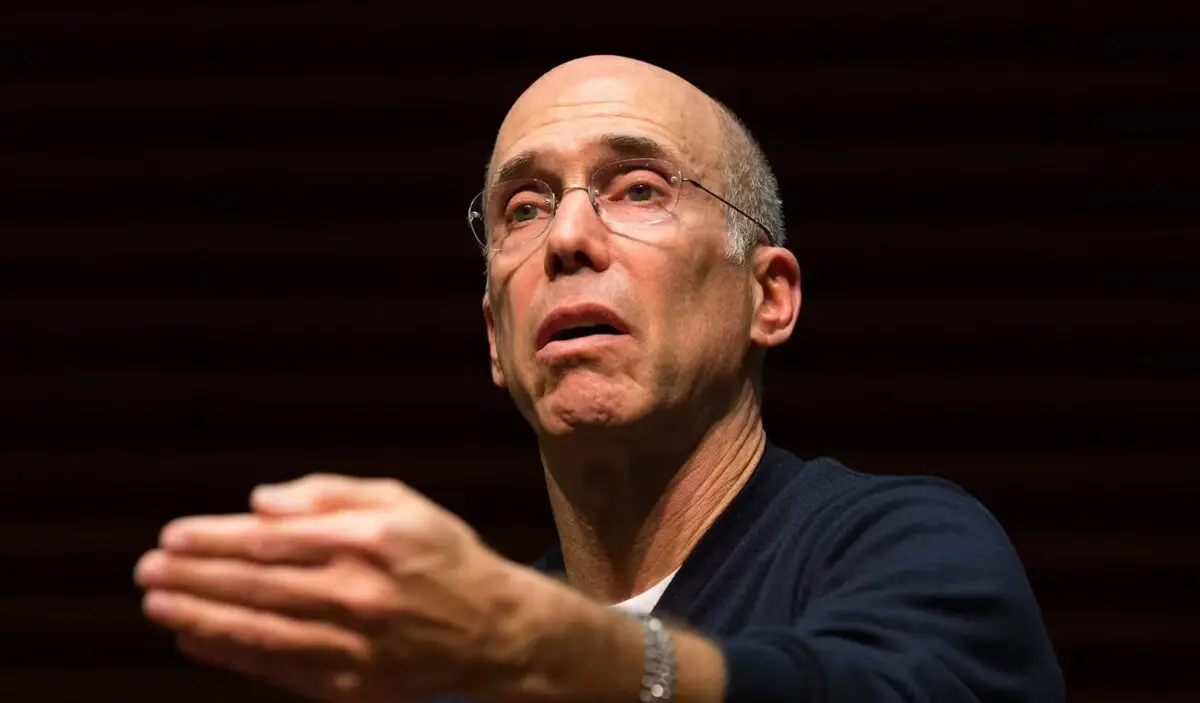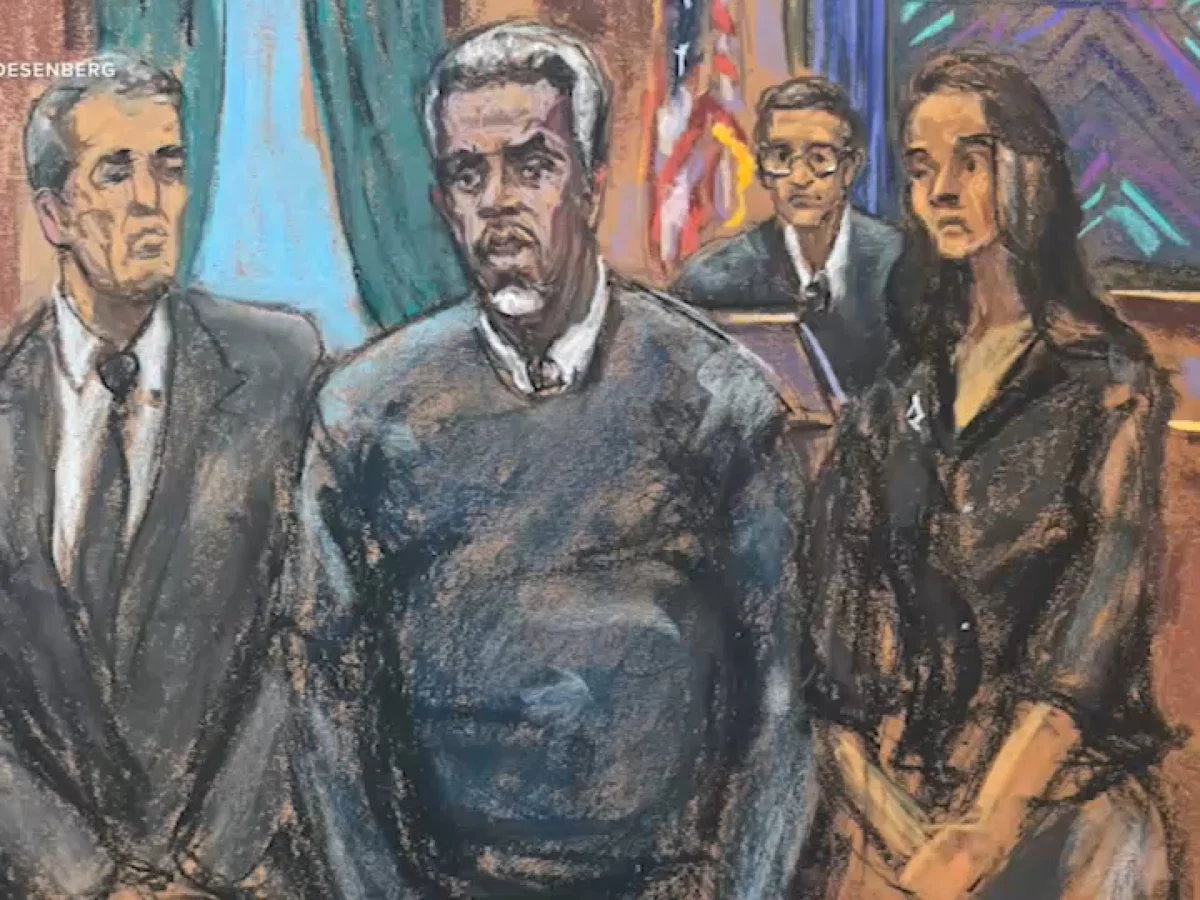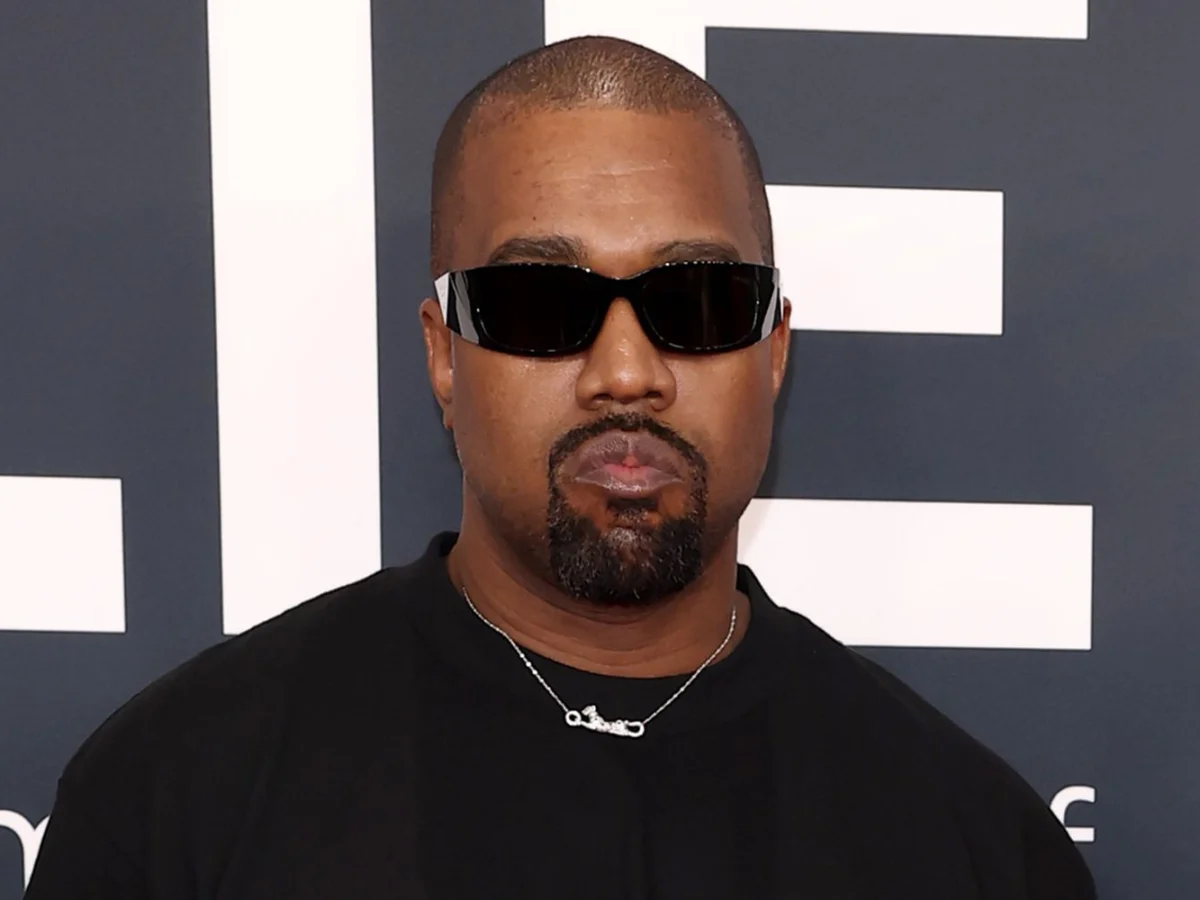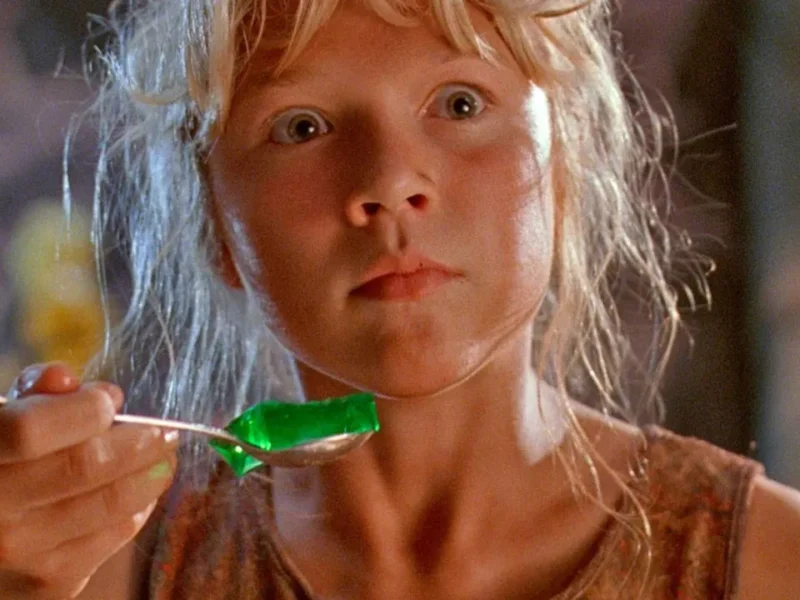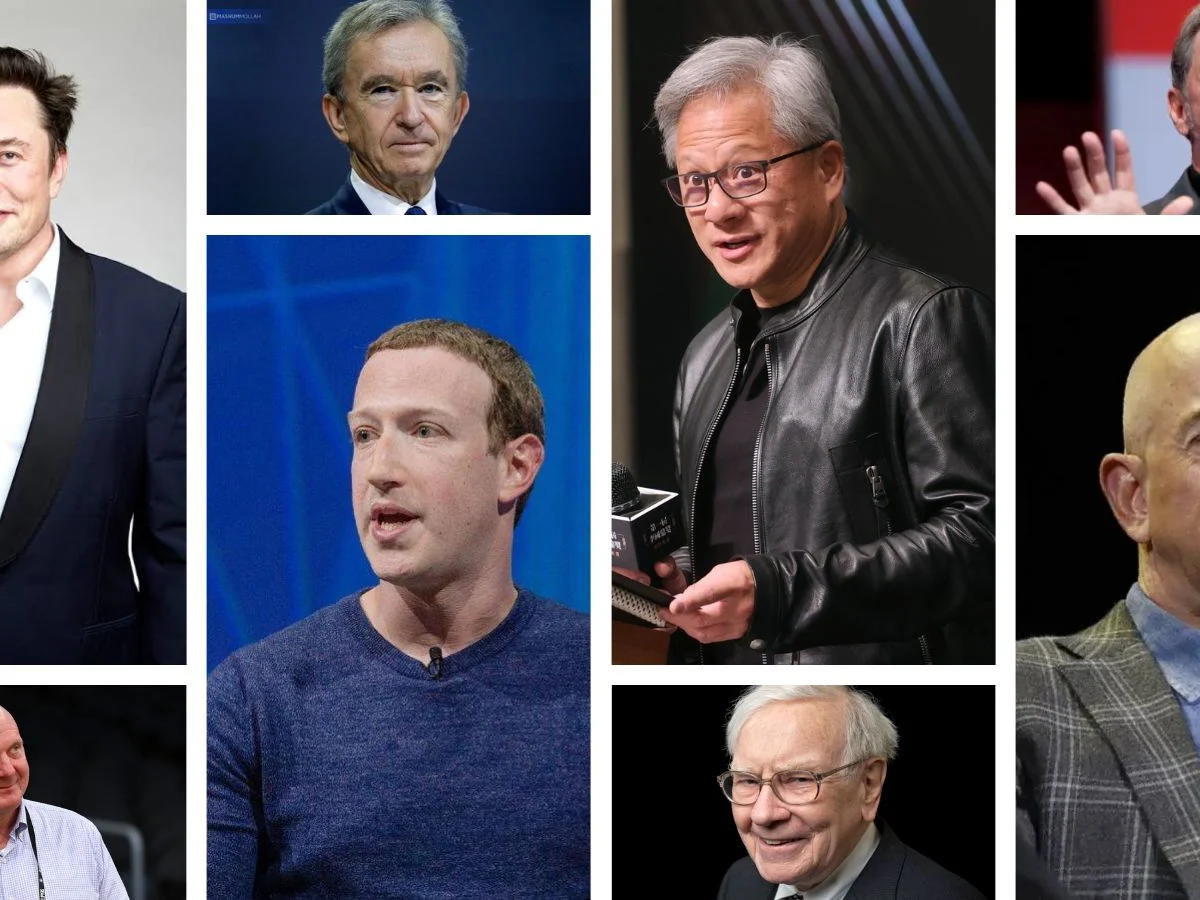Jeffrey Katzenberg's exit from Disney and rise with DreamWorks reshaped animation, challenging old formulas and inspiring a generation of storytellers. Discover how it happened.
Jeffrey Katzenberg’s dramatic departure from Disney in 1994 wasn’t just a corporate shake-up—it was the catalyst for one of the most transformative rivalries in Hollywood history. As chairman of Walt Disney Studios from 1984 to 1994, Katzenberg played a crucial role in the Disney Renaissance, overseeing the production of classics like The Lion King—a film that earned an astonishing $968 million worldwide. But behind the scenes, tensions simmered.
In the final months of his tenure, Katzenberg demanded $250 million in royalties, citing his key contributions to Disney’s resurgence. CEO Michael Eisner, wary of setting a costly precedent, rejected the claim. The fallout was swift: Katzenberg was ousted, and the animation landscape would never be the same. This pivotal moment opened the door for Katzenberg to launch a bold new venture—DreamWorks SKG.
The Birth of DreamWorks and a New Kind of Animated Story
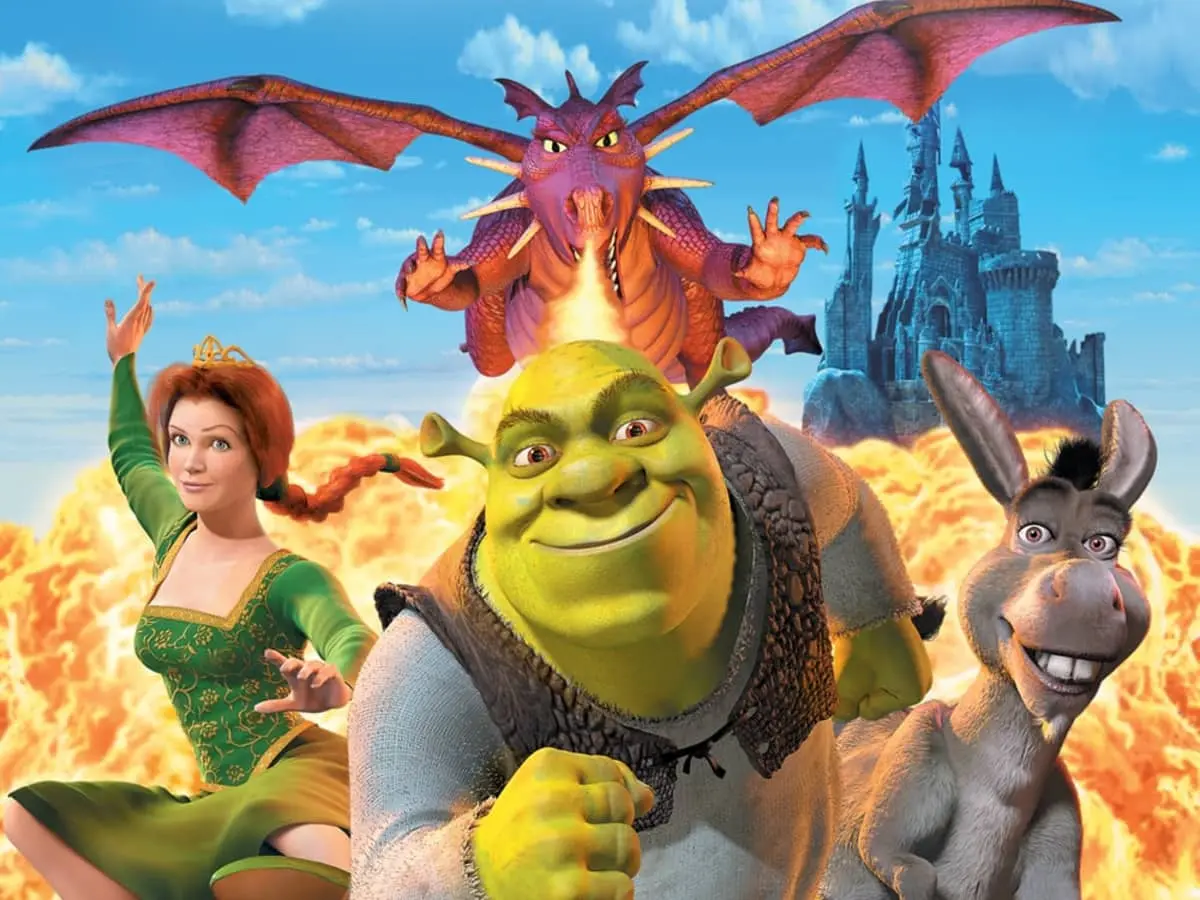
In October 1994, Katzenberg teamed up with director Steven Spielberg and music mogul David Geffen to form DreamWorks SKG. Backed by $33 million from each founder and an additional $500 million investment from Microsoft’s Paul Allen, the studio set its sights on shaking up the industry. And it delivered.
DreamWorks Animation quickly carved a niche with its irreverent, character-driven approach to storytelling. The studio’s breakout hit Shrek (2001) not only grossed $488 million globally but also earned the first-ever Academy Award for Best Animated Feature. It was a satirical shot across Disney’s bow—mocking its fairy-tale formula and pristine archetypes with sarcasm, fart jokes, and a princess who literally embraces her ogre self.
Katzenberg’s vision stood in stark contrast to Disney’s polished idealism. Where Disney heroes were often noble and unflawed, DreamWorks characters were messy, sarcastic, and, crucially, real. Films like Madagascar (2005), Kung Fu Panda (2008), and How to Train Your Dragon (2010) carried this ethos forward, redefining animated protagonists and forging deeper emotional connections with audiences.
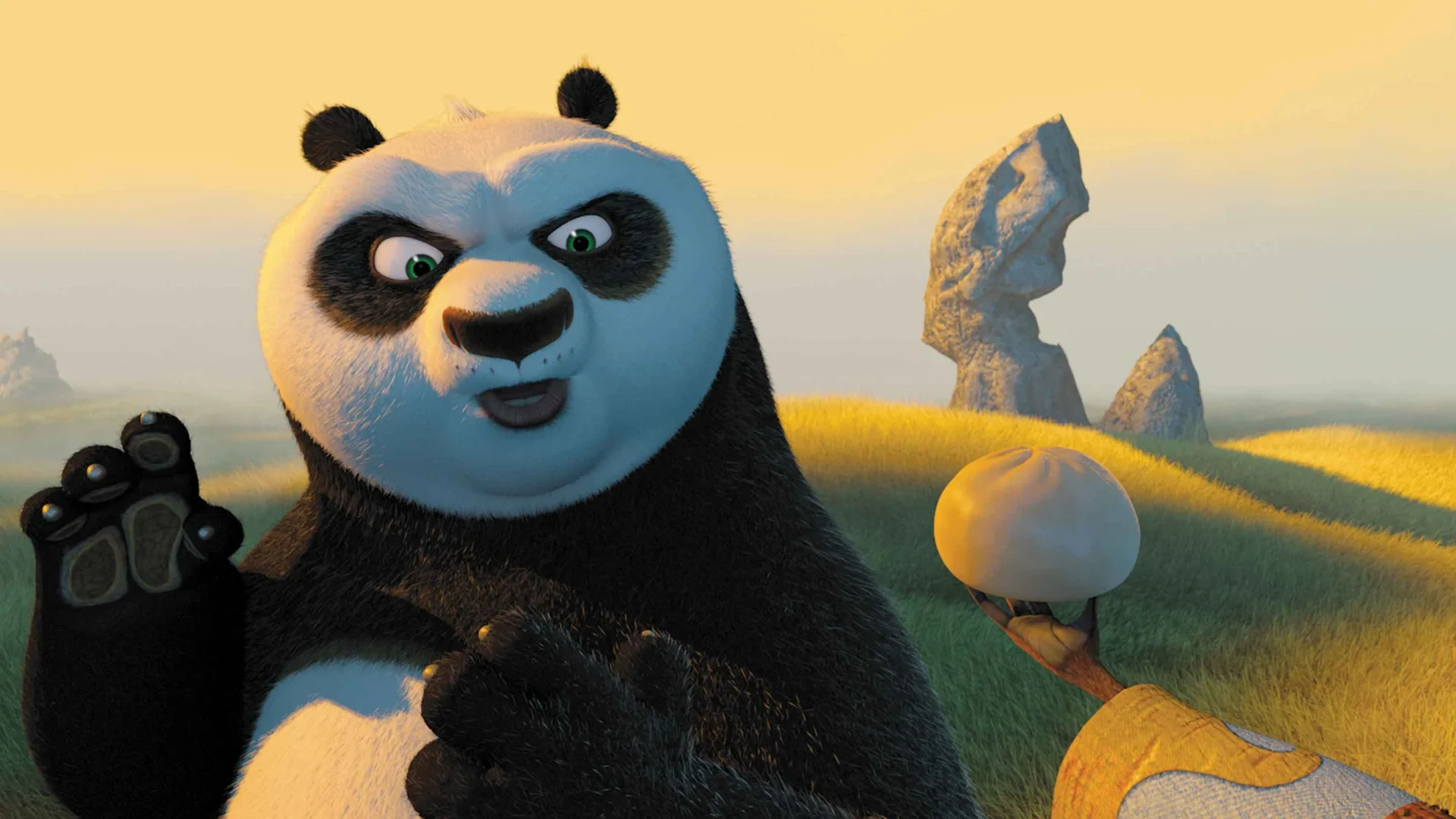
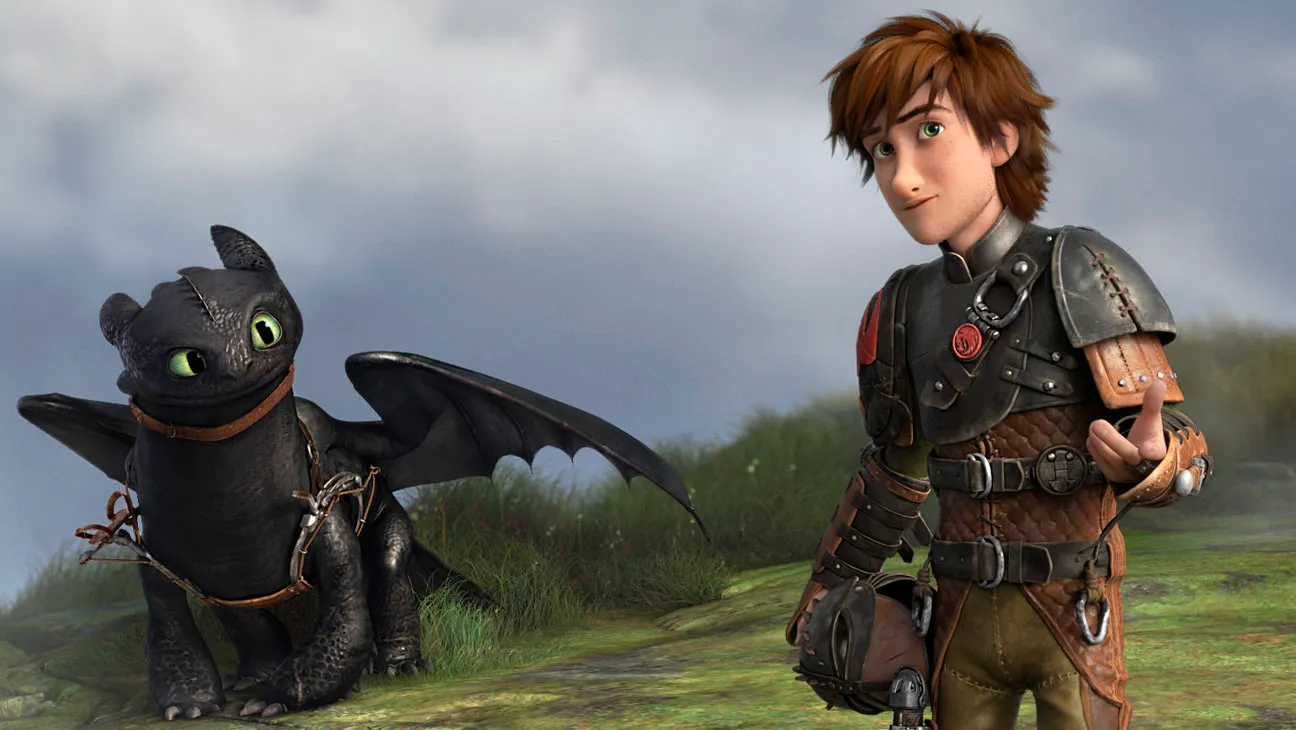
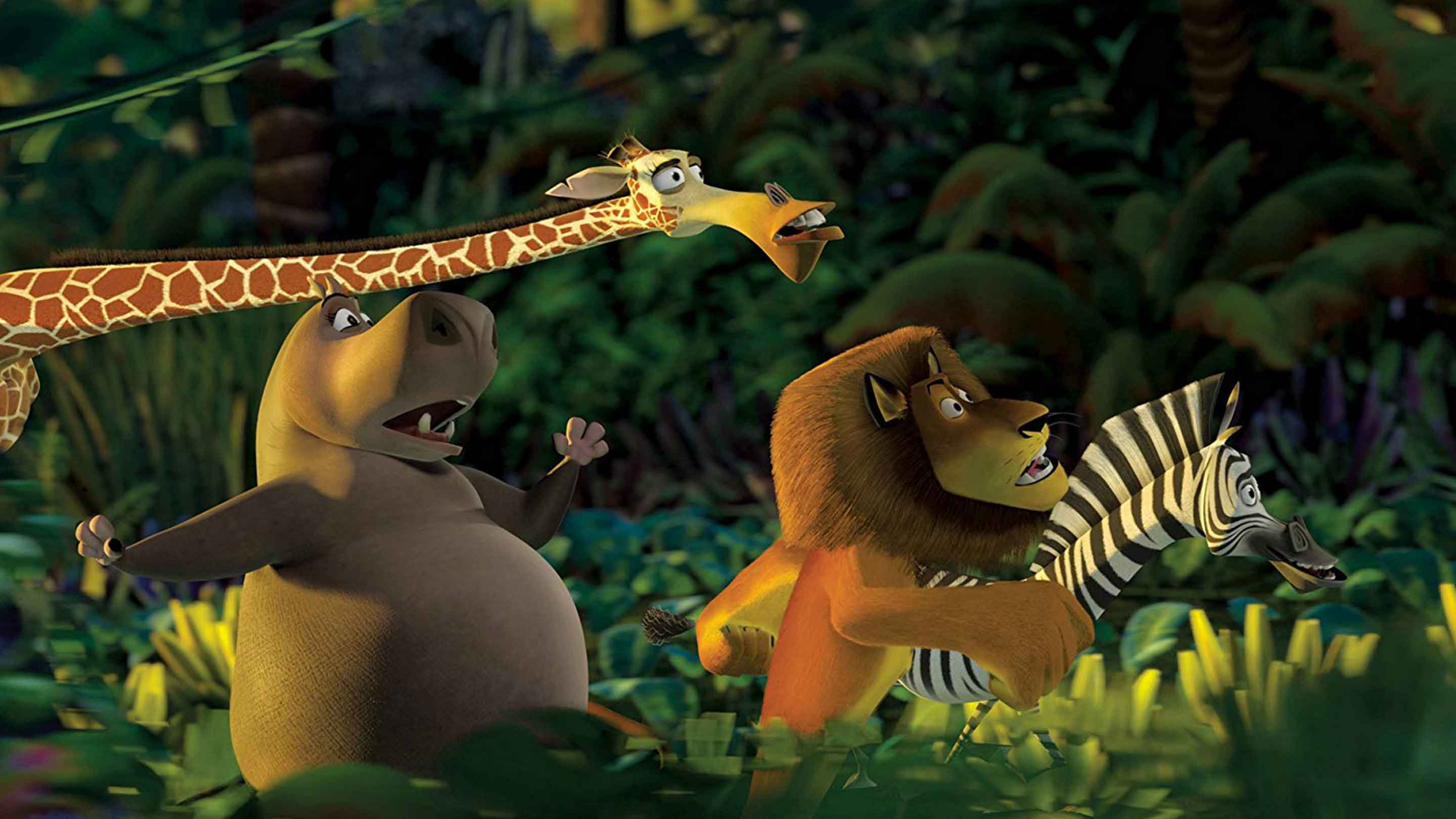
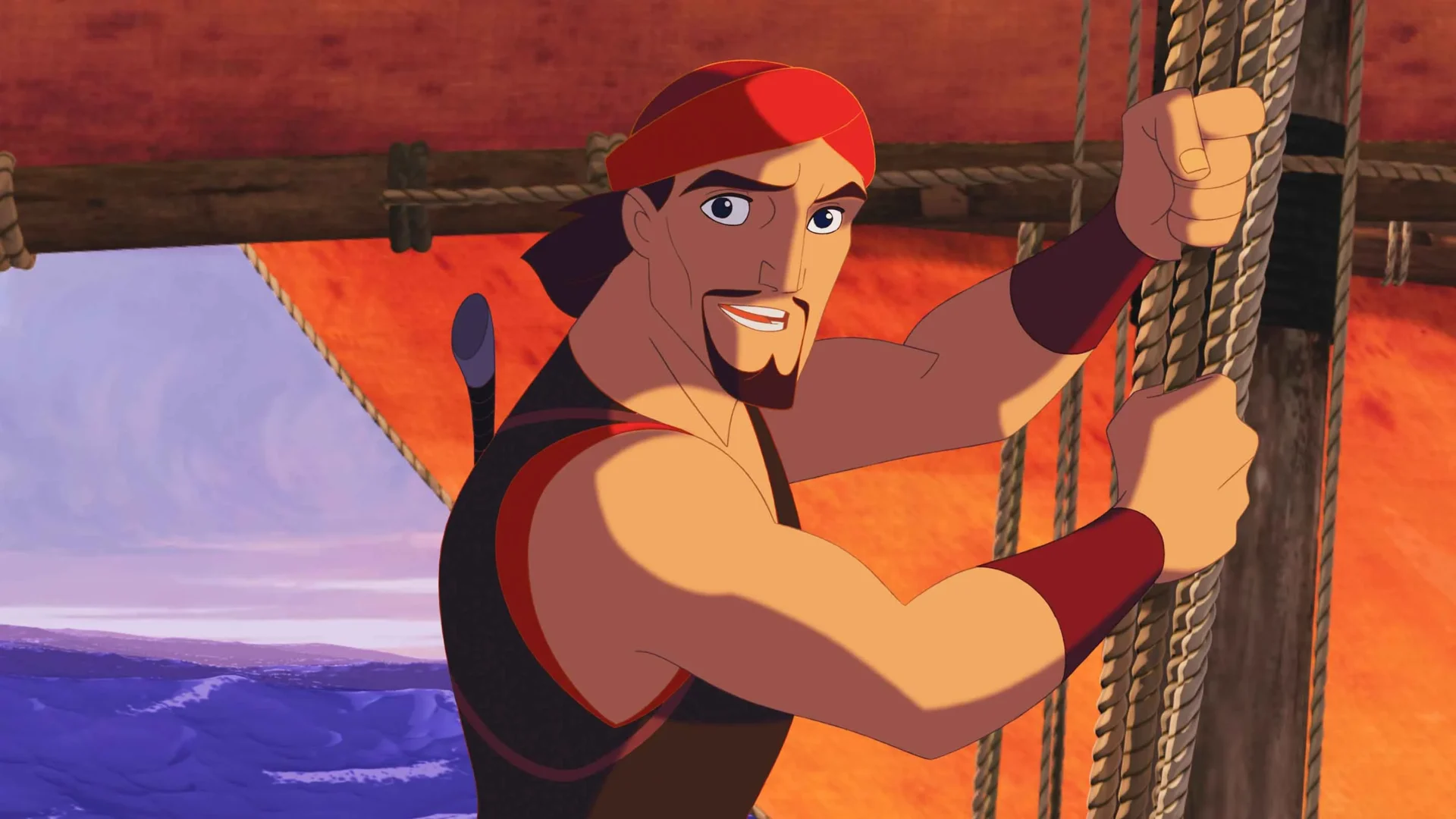
Rising Competition and a Legacy of Innovation
By the time DreamWorks Animation was sold to Comcast in 2016 for a reported $3.8 billion, Katzenberg had cemented his status as a media mogul. His commitment to emotional depth and authentic storytelling resonated deeply with a generation raised on his films. That commitment also yielded box office gold—How to Train Your Dragon, for instance, grossed $494 million by centering on a skinny, insecure teenager who befriends a misunderstood dragon.
Despite some setbacks—like the $125 million flop Sinbad: Legend of the Seven Seas (2003)—Katzenberg made strategic pivots. After Sinbad, he abandoned traditional animation in favor of computer-generated films, a decision that aligned with audience tastes and set DreamWorks up for continued success.
Meanwhile, Disney faced its own share of challenges. Its stock has fallen 40% over the past four years, highlighting an identity crisis amid shifting viewer habits and increased competition. While Disney eventually acquired Pixar and Marvel to reinvigorate its creative output, its initial decision to part ways with Katzenberg continues to prompt debate among industry watchers.
Was Disney’s Loss Animation’s Gain?
Katzenberg’s story mirrors other tales of corporate miscalculations—most notably, Apple’s 1985 dismissal of Steve Jobs, which indirectly led to the rise of Pixar (later acquired by Disney in 2006 for $7.4 billion). Both cases underscore a key business lesson: undervaluing visionary talent can be costly.
Beyond box office numbers, Katzenberg’s influence permeates animation culture. In 2008, he launched the DreamWorks Animation Academy in partnership with Inner-City Arts, providing digital media education to underserved youth in Los Angeles. His impact has also been acknowledged internationally—Shrek became the first animated film since Peter Pan (1953) to compete for the Palme d’Or at Cannes in 2001, and Katzenberg received an honorary Palme d’Or in 2017.
Today, DreamWorks, now under Universal Pictures, remains a force in animation. Shrek 5 is reportedly in development, promising a return to the franchise that helped define the studio. Meanwhile, Disney is doubling down on live-action remakes and Disney+ streaming, trying to keep pace in an industry Katzenberg helped transform.
New players like Illumination, which grossed over $1 billion with The Super Mario Bros. Movie in 2023, are further testament to how DreamWorks’ bold style shifted audience expectations. As the animation world grows more competitive, Katzenberg’s legacy reminds us that storytelling—authentic, irreverent, and emotional—remains the heart of the art form.

